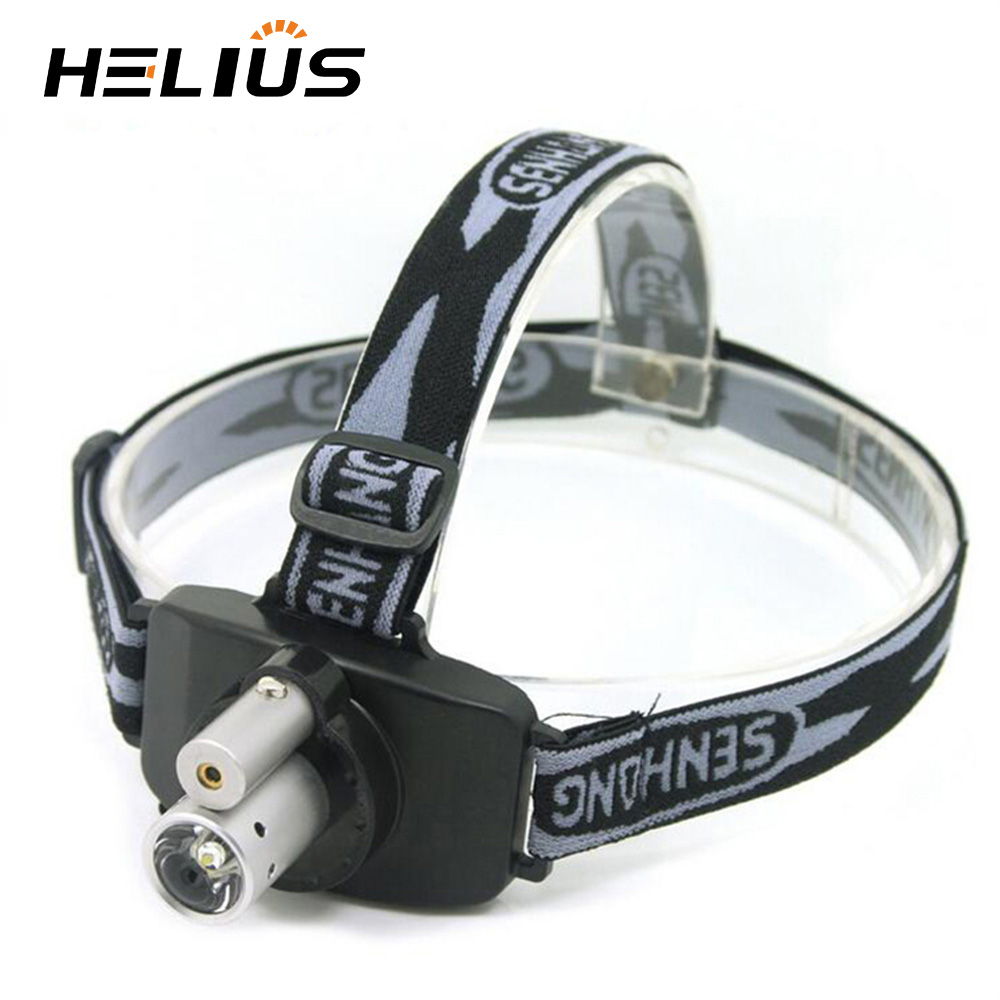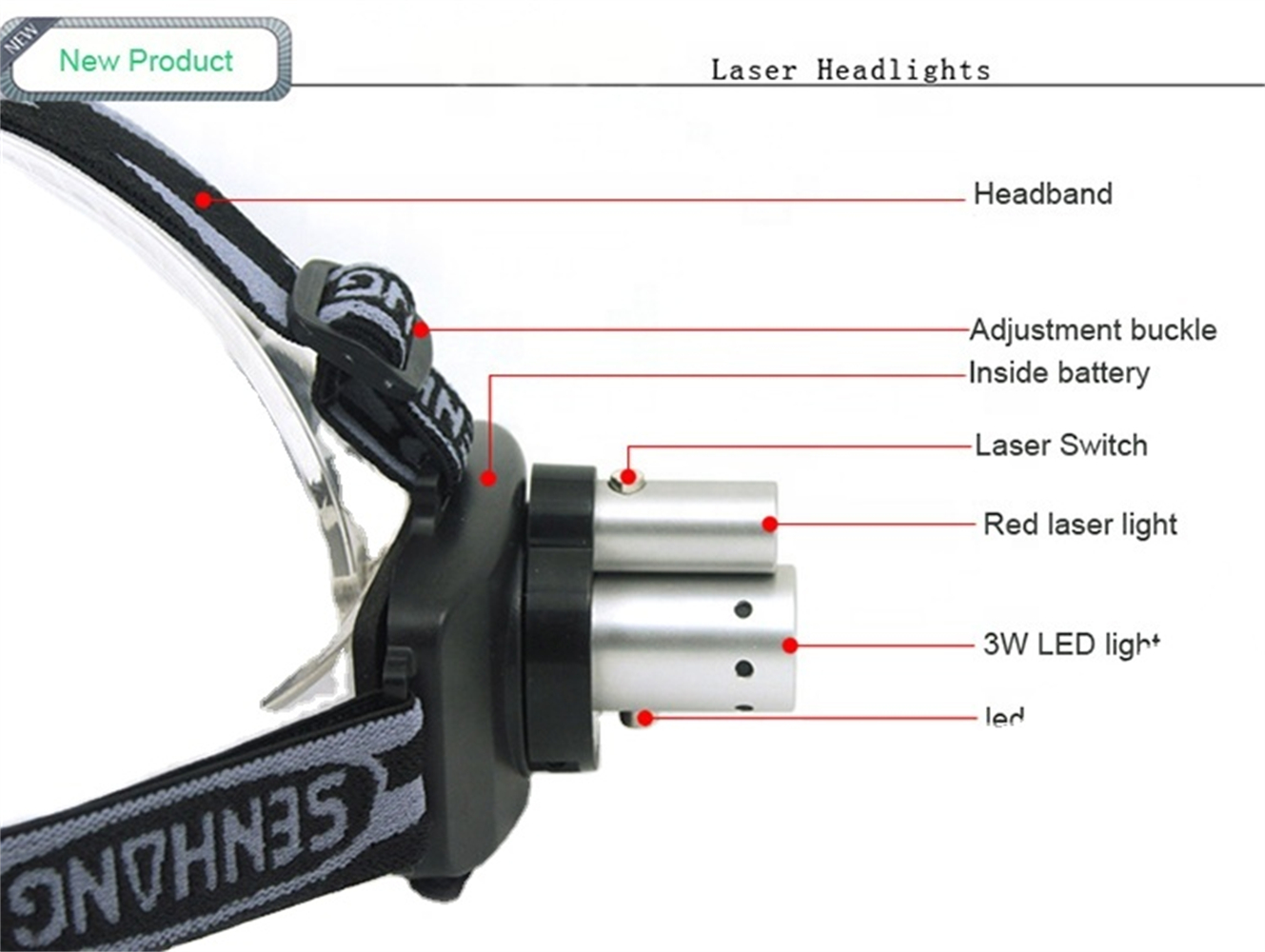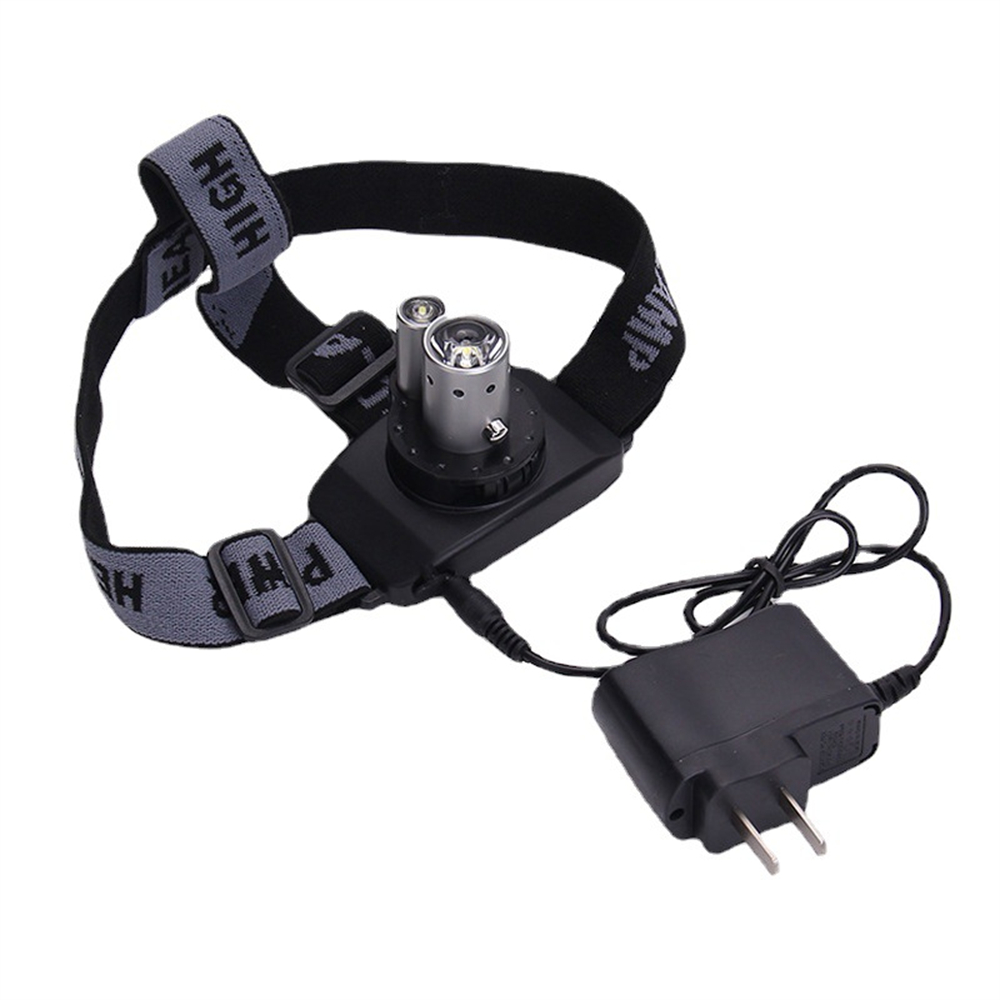How Color-Coded Flashlights Improve Safety and Organization

Imagine being in a high-stress situation where every second counts. Color-coded flashlights can make all the difference. They help you identify hazards quickly and stay prepared for emergencies. This simple system boosts safety by reducing confusion and keeping you focused. It also improves organization by making tasks easier to manage and workflows more efficient. Whether you're in a workplace or at home, understanding how color-coded flashlights improve safety and organization can transform how you handle challenges.
Key Takeaways
Flashlights with different colors help spot dangers quickly. Use red for danger and yellow for caution to make choices easier.
Using certain flashlight colors for jobs keeps things organized. For example, use green for first aid and blue for finding supplies to help everyone stay on track.
Color coding makes team communication easier in tough situations. Flashlight colors send messages without talking, saving time and avoiding confusion.
Check and update your color system often to fit current needs. Small changes can make things safer and more efficient.
Teaching people the color system is very important. Make a simple chart and practice to ensure everyone knows what to do.
The Concept of Color Coding in Flashlights
What Is Color Coding?
Color coding is a system that uses colors to organize, identify, or differentiate items. You’ve probably seen it in everyday life. Think about traffic lights, where red means stop and green means go. Or maybe you’ve used colored folders to sort documents. This system makes it easier to understand information at a glance.
In safety and organization, color coding plays a huge role. It helps you quickly identify what’s important. For example, red often signals danger, while green might indicate safety. This simple method reduces confusion and speeds up decision-making.
How Color Coding Applies to Flashlights
When it comes to flashlights, color coding takes this idea to the next level. Each flashlight color serves a specific purpose. For instance, a red flashlight can preserve your night vision, while a green one might be used for reading maps. Blue flashlights are often used to detect fluids, making them useful in medical or forensic settings.
By assigning colors to specific tasks, you can stay organized and focused. Imagine you’re part of a search-and-rescue team. A red flashlight could signal an emergency, while a white one might be used for general lighting. This system ensures everyone knows what to do without wasting time.
Examples of Color-Coded Flashlight Applications
Color-coded flashlights are used in many fields. In construction, workers might use yellow flashlights to mark hazardous areas. Emergency responders often rely on red flashlights to signal danger or guide people to safety. Even campers use color coding to stay organized. A green flashlight might be for cooking, while a blue one could help with cleaning up.
You can also use this system at home. Assign different flashlight colors for specific tasks, like a white one for power outages and a red one for emergencies. This keeps things simple and efficient.
Tip: When choosing flashlight colors, think about your specific needs. The right color coding system can make your life much easier.
How Color-Coded Flashlights Improve Safety

Quick Hazard Identification
In emergencies, every second matters. Color-coded flashlights help you identify hazards instantly. Imagine you're in a dimly lit area with potential dangers like falling objects or slippery floors. A red flashlight can signal danger zones, while a yellow one might highlight caution areas. This system ensures you don’t waste time figuring out what’s safe and what’s not.
You can also use this method to guide others. For example, if you're part of a team, a specific flashlight color can warn everyone about hazards in real time. This quick identification reduces confusion and keeps everyone focused on staying safe.
Tip: Always assign colors that make sense for the hazards you’re dealing with. This keeps the system intuitive and effective.
Enhanced Emergency Preparedness
Emergencies can catch you off guard, but being prepared makes all the difference. Color-coded flashlights are a simple yet powerful tool for emergency readiness. You can assign specific colors for different scenarios. For instance, a green flashlight might be for first aid, while a blue one could help locate water or supplies.
This system keeps you organized when stress levels are high. You’ll know exactly which flashlight to grab without second-guessing. It’s a small change that can have a big impact on your safety and efficiency during emergencies.
Reducing Risks in High-Stress Situations
High-stress situations often lead to mistakes. Color-coded flashlights minimize these risks by simplifying decision-making. Picture yourself in a construction zone with falling objects or unstable structures. A yellow flashlight can mark danger zones, helping you and your team avoid accidents.
This system also works in other high-pressure environments, like search-and-rescue missions. Each flashlight color communicates a clear message, reducing the chance of errors. By using this approach, you create a safer environment for everyone involved.
Note: Regularly review and update your color-coding system to ensure it meets your current safety needs.
Organizational Benefits of Color-Coded Flashlights

Task Differentiation and Role Assignment
Color-coded flashlights make assigning tasks and roles much easier. Imagine you’re managing a team during a nighttime event or emergency. By giving each person a flashlight with a specific color, you can instantly identify their role. For example, a red flashlight could indicate someone responsible for safety checks, while a green one might belong to the person handling supplies.
This system eliminates confusion. Everyone knows their job just by looking at the flashlight color. It also helps you stay organized, especially in fast-paced environments. You won’t need to stop and ask who’s doing what. Instead, the color-coding does the talking for you.
Tip: Use a simple chart or guide to explain the color assignments to your team. This ensures everyone is on the same page.
Streamlining Team Communication
Clear communication is key when working in groups, especially in high-pressure situations. Color-coded flashlights act as a visual language, making it easier to share information without speaking. Let’s say you’re on a search-and-rescue mission. A blue flashlight could signal that someone has found water, while a yellow one might mean caution.
This system reduces the need for verbal instructions, which can get lost in noisy or chaotic settings. It also speeds up decision-making. You and your team can act quickly because the flashlight colors provide instant context.
Note: Test your system in practice scenarios to ensure it works smoothly before using it in real situations.
Improving Workflow Efficiency
Color-coded flashlights don’t just improve safety—they also boost efficiency. When tasks are clearly defined and communication flows smoothly, your workflow becomes more organized. For example, in a warehouse setting, different flashlight colors can mark specific zones or tasks. A white flashlight might indicate general lighting, while a red one could highlight areas requiring immediate attention.
This approach saves time. You won’t waste energy figuring out what needs to be done or where to go. Instead, the color-coded system keeps everything running like clockwork. It’s a simple way to enhance both safety and organization in your daily operations.
Pro Tip: Regularly review your system to ensure it aligns with your current needs. Adjust colors or roles as necessary to maintain efficiency.
Practical Tips for Implementing a Color-Coded Flashlight System
Selecting Appropriate Colors for Specific Needs
Choosing the right colors for your flashlights is the first step in creating an effective color coding system. Think about the tasks you need to handle and the environments you’ll be working in. For example, red flashlights are great for emergencies because they grab attention and preserve night vision. Green flashlights work well for reading maps or navigating dark areas without straining your eyes.
Consider how the colors will impact visibility. Bright colors like yellow or orange are easy to spot, even in low light. These are perfect for marking hazards or guiding people to safety. If you’re using flashlights with personal protective equipment, make sure the colors don’t clash or become hard to see. The goal is to make each color stand out and serve a clear purpose.
Tip: Test your chosen colors in real-world conditions to ensure they meet your needs.
Training and Educating Users
A color coding system only works if everyone understands it. Take time to train your team or family members on what each color means. Use simple explanations and hands-on practice to make the system easy to remember. For example, you could create a quick-reference chart showing each flashlight color and its purpose.
Practice using the system in different scenarios. This helps everyone get comfortable with it before an actual emergency. If you’re in a workplace, include the flashlight system in your personal protective equipment training. This ensures everyone knows how to use the tools effectively and safely.
Note: Regular refresher sessions can help reinforce the system and keep it top of mind.
Ensuring Consistency and Regular System Updates
Consistency is key to making your color coding system reliable. Stick to the same colors for the same tasks across all your flashlights. This reduces confusion and makes the system intuitive. If you’re managing a team, communicate any changes clearly to avoid misunderstandings.
Review your system regularly to ensure it still meets your needs. As tasks or environments change, you might need to update the colors or add new ones. For example, if you introduce new personal protective equipment, check that the flashlight colors remain visible and effective. Keeping the system up to date ensures it stays useful and relevant.
Pro Tip: Schedule periodic reviews to evaluate the system’s performance and make improvements as needed.
Color-coded flashlights are a game-changer for improving safety and keeping things organized. They simplify tasks and help you stay prepared for emergencies. By using a well-thought-out color code system, you can reduce risks and make your workflow more efficient. Think of it like hard hat color codes—each color has a purpose, making it easier to understand roles and responsibilities. Whether you're at work or home, this system is a practical way to boost productivity and stay safe. Start small, and you'll see how much a simple color code can transform your daily routine.
Reminder: Regularly review your system to ensure it still meets your needs. Small updates can make a big difference in maintaining safety and efficiency.
FAQ
What are the benefits of using color-coded flashlights in construction?
Color-coded flashlights improve safety and organization in construction. They help workers identify hazards, assign tasks, and streamline communication. For example, a red flashlight can mark danger zones, reducing the risk of injury. This system enhances workplace safety and ensures efficient workflows.
How do color-coded flashlights enhance workplace safety?
They simplify hazard identification and improve emergency preparedness. By assigning specific colors to tasks or roles, you reduce confusion and make quick decisions. This system minimizes risks, especially in high-stress environments like construction sites, where protection and clear communication are critical.
Can I use color-coded flashlights at home?
Absolutely! Assign colors for specific tasks, like a white flashlight for power outages or a red one for emergencies. This keeps your household organized and prepared. It’s a simple way to bring the benefits of a color-coded workplace system into your daily life.
How do I choose the right colors for my flashlight system?
Think about your needs and environment. Red works well for emergencies, while green is great for reading maps. Bright colors like yellow or orange are ideal for marking hazards. Test your choices in real-world conditions to ensure they’re effective and visible.
What’s the connection between color-coded flashlights and hard hat color meaning?
Both systems use colors to communicate roles and responsibilities. Just like hard hat color meaning helps identify workers’ roles in construction, flashlight colors can signal tasks or hazards. This shared approach improves workplace safety and organization by reducing confusion and enhancing protection.
See Also
Selecting The Ideal Multi-Color Flashlight For Emergencies And Hunting
Enhance Outdoor Safety By Buying Mini Pocket Flashlights In Bulk
Investigating Various Scenarios For Flashlight Usage
